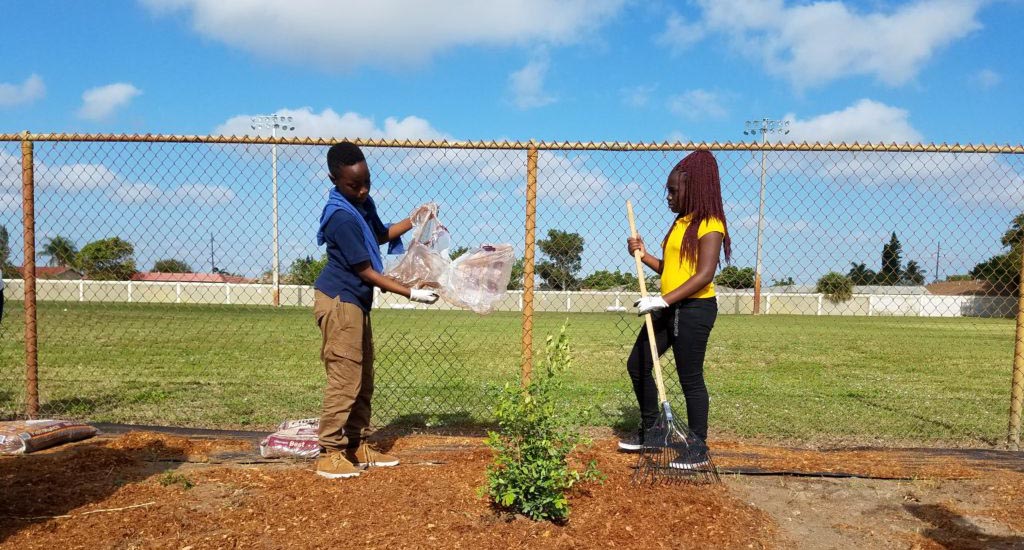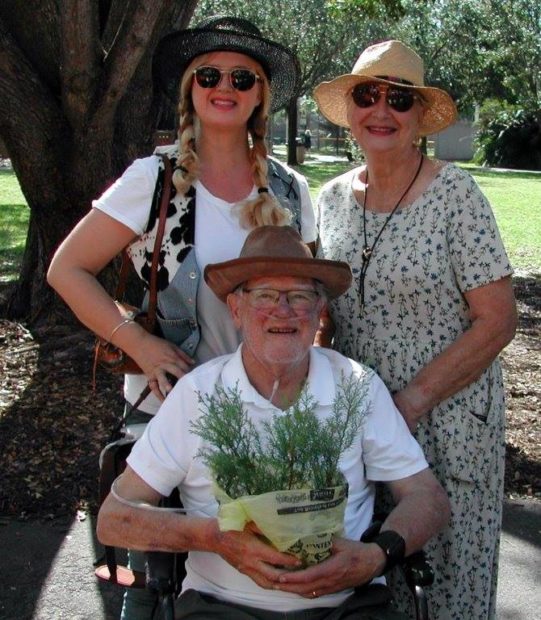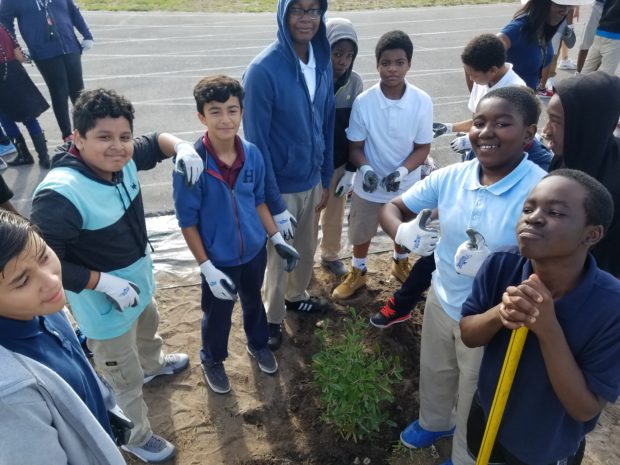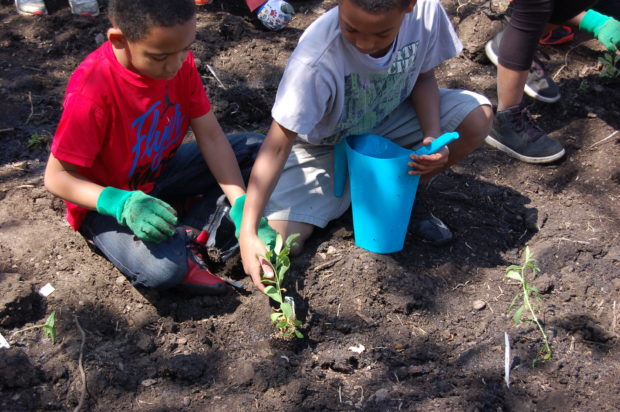We have much more to do and your continued support is needed now more than ever.
Giving Tuesday – Trees for Wildlife

How Do Trees Help Nature and Wildlife?
Trees absorb pollutants through their leaves. In fact, one tree can absorb more than a ton of carbon dioxide in its lifetime! They also lessen the force of storms by impacting windspeed, catching precipitation before it reaches the ground. 100 trees catch 100,000 gallons of water per year – reducing erosion and the amount of runoff into sewers, streams and rivers.
Native trees provide critical habitat for wildlife – providing nuts, seeds and berries (food), cover and places for wildlife to raise their young. Trees also provide countless benefits to people and communities!
How Does the Trees for Wildlife Program Work?
Funds donated by our supporters and the grants we receive are used to purchase native tree seedlings and support the work required to plant the trees. This includes identifying local partners, securing locally-appropriate native tree seedlings, arranging timely delivery so the trees are “fresh,” supporting the local organizations that plant or giveaway the seedlings and working with them to follow up and ensure that the trees that are planted are properly cared for after they are planted. We engage the public (typically youth and children) in education about the benefits of trees to wildlife and communities. We work with schools, girl and boy scout troops, municipalities and non-profits to select locally native trees that will provide the most benefit to wildlife.
Where Are the Trees Planted?
All tree seedlings planted through Trees for Wildlife are planted in the United States. In fact, we have planted more than a quarter million native tree seedlings for wildlife since merging with Erthnxt / Trees for the 21st Century in 2010! Here are some highlights from our 2017 tree planting events (as well as this complete list of 45 spring and summer 2017 events).
Just before Thanksgiving, we provided 3,000 native tree seedlings for distribution to residents at the Farm City BBQ at Cambier Park in Naples with our partner Keep Collier Beautiful. These trees will help residents replant trees that were damaged or lost during Hurricane Irma, whose eye passed over Collier County in early September.

In April of this past year, at Lauderdale Lakes Middle School, a team of volunteers, parents, teachers and students worked to transform a 450 foot stretch of grass and weeds adjacent to the school track into a wooded habitat for migratory birds and an outdoor learning laboratory for students at the school. Students also took home a one gallon native tree (of the same variety planted at the school) to plant and care for at home.

In January, the Florida Wildlife Federation (a National Wildlife Federation state affiliate) and the Iris Garden Club (IGC) of Wakulla replaced native trees lost to development and storms at the annual Crawfordville Arbor Day Celebration & Tree Giveaway at Hudson Park in downtown Crawfordville. At the Arbor Day Celebration & Tree Giveaway, more than 500 adults and children each selected one free tree. Tree experts and experienced gardeners were on hand to provide information and help people select suitable trees for their yards. Leftover trees were planted by IGC members at various community sites, including schools and county parks.

Learn more at www.nwf.org/trees.






















